







May 23, 2019
Last summer, Marc Lacroix, Manager, Technical Operations at NAV CANADA, visited colleagues, systems and sites in some of the most remote areas on Earth. His trip took him to three remarkable locations: first to Iqaluit, and then to Resolute Bay and Eureka – two places situated at the top of the world. It was a nostalgic visit for him, as he’d worked at many of these sites as a technologist at the beginning of his career.
Such trips are periodic for Lacroix. They’re essential in order for him to gain insight on how he can better support the Company’s technical operations in part of the world that considers air transportation its very lifeline – delivering food, supplies, and access to medical care. In this blog, Lacroix shares his photos and experiences, offering insight into the perspective he’s gained during his visits.
Iqaluit
Travelling in the North is an experience like no other. The region is well served by both charter and commercial air carriers, but they cannot control the weather. Pilots there know the region and its climate – they are acutely aware of how conditions can change plans in an instant. Being an experienced Arctic pilot means knowing these limitations.
After a three-hour commercial flight from Montreal, my first stop was Iqaluit, the capital of Nunavut. Iqaluit is home to about 8,000 people and the hub for many essential services (government, education, supplies and medical care) for those living across the territory. It’s also an important alternate airport for air carriers in case of emergencies. An efficient, dependable and predicable air navigation system is obviously key to providing these services.
Our technologists rotate in-and-out of our southern locations in the Montreal FIR and must complete a training program on each piece of equipment. For them, this offers an opportunity of a lifetime to diversify their knowledge base. In Technical Operations, we’ve noted a positive impact – an accelerated development early in the technologists’ careers – working out of Iqaluit and places like it.
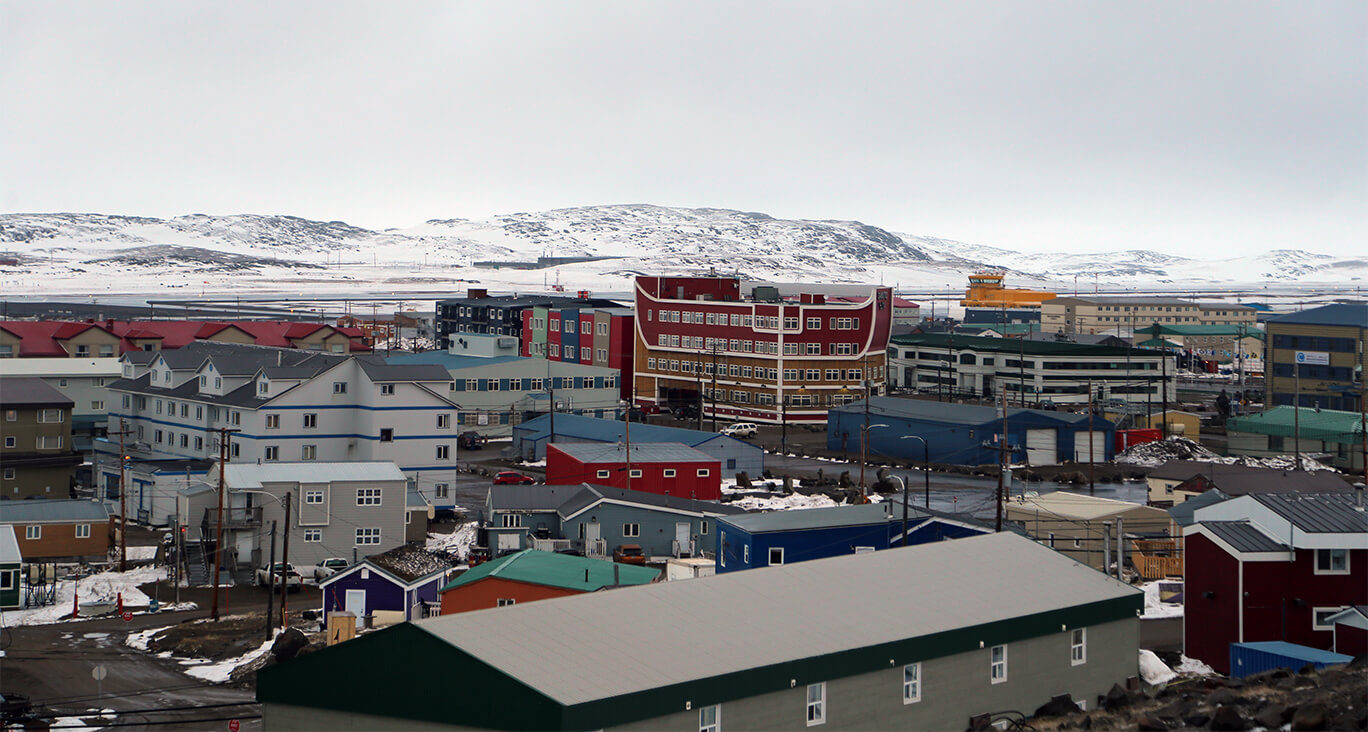
Resolute Bay
Resolute Bay is in the Arctic Archipelago, one of the northernmost communities in Canada (second only to Grise Fiord on Ellesmere Island). The village population is less than 200 people. The Resolute Bay Airport acts as a main hub for the entire northeast Arctic, mainly because of its longer runway with associated ANS equipment.
I was guided around our facility – and the airport’s impressive new terminal building – by our two technologists based there on a six-month rotation. Together they maintain our remote communications (RCO) system, Instrument Landing System (ILS) and other navigational aids in the area.
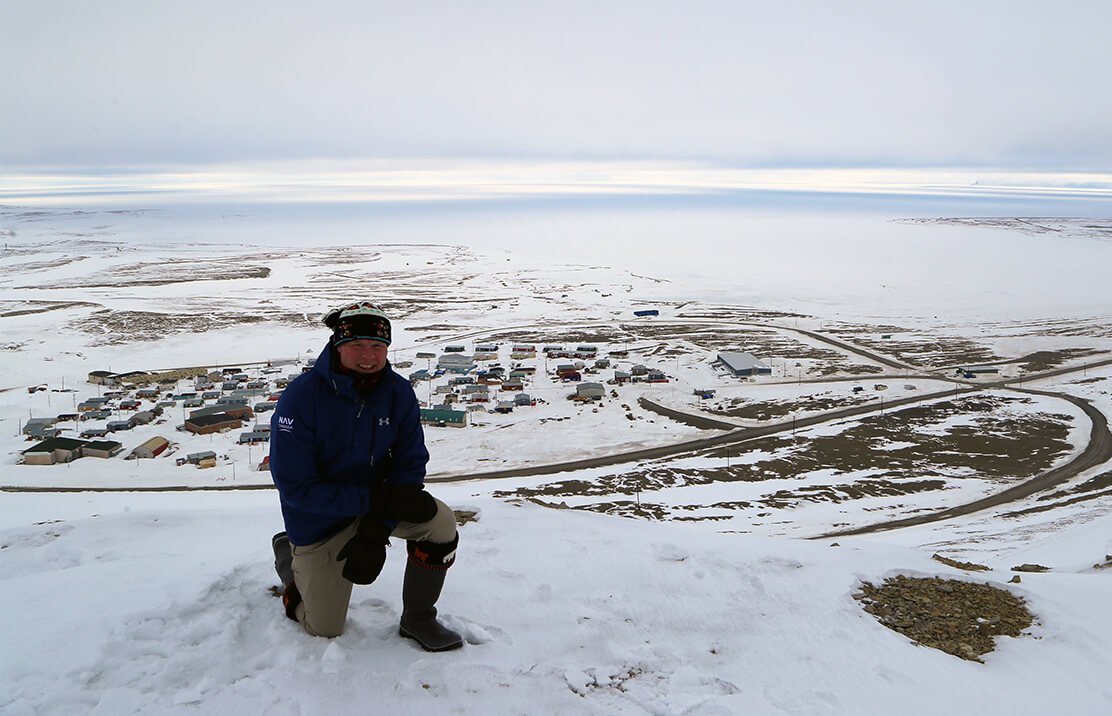
They provided great input on the challenges of working in Resolute Bay and gave me a better understanding of how we can support the site. The technologists live and work in a building adjacent to the airport, where they have their living quarters, workshop and garage.
The ILS and the longer runway allow for larger commercial aircraft operations than you would otherwise expect this far north, and this supports key regional industries such as mining, mineral exploration and tourism. A VOR/DME system is also located near the airport.
It’s been 28 years since I was last in Resolute Bay, and my recent visit was a fantastic opportunity to reflect on my own very memorable experiences when based there and to see how the place has evolved.
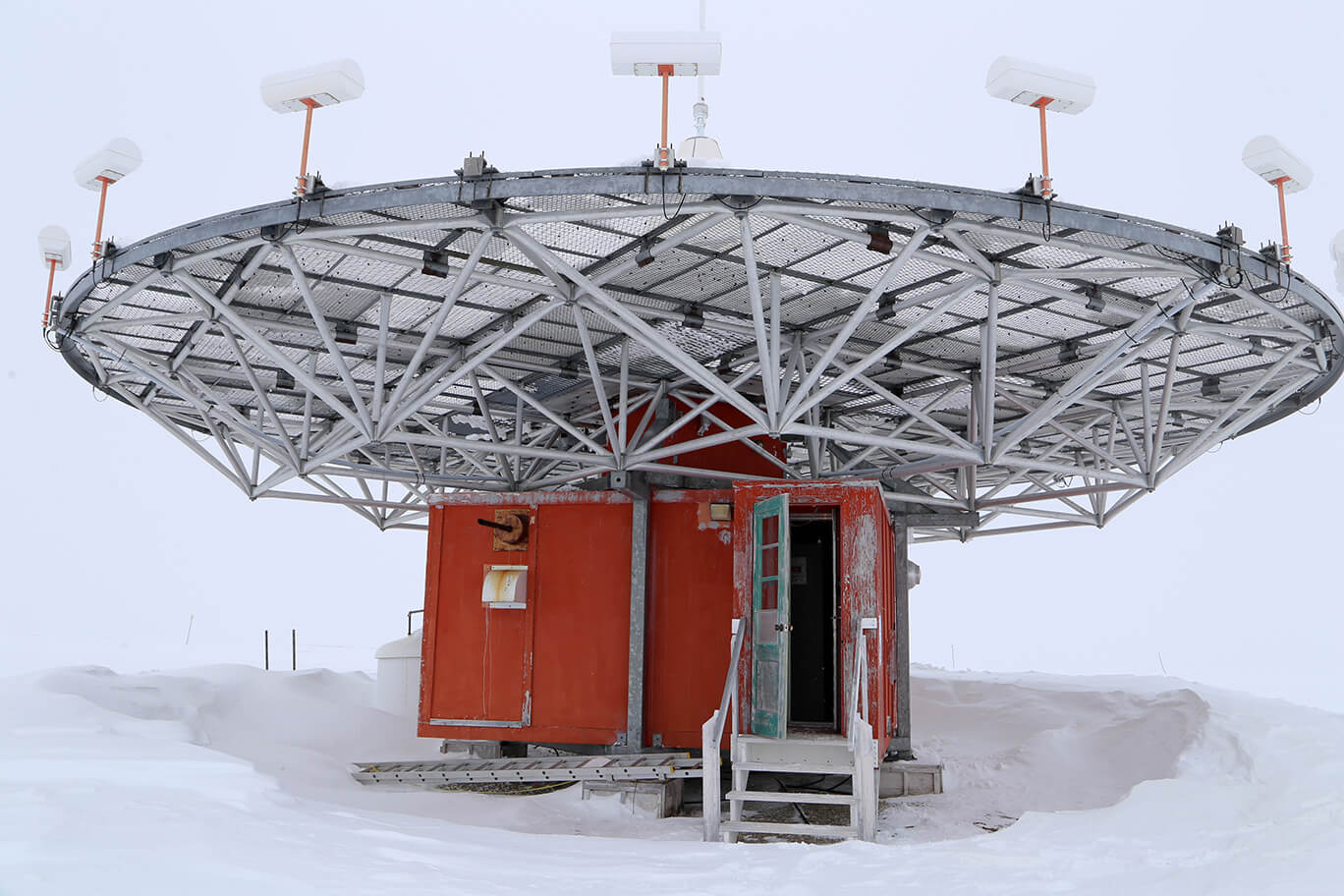
Eureka
From Resolute Bay, I flew on a chartered flight north to Eureka (there are no commercial flights). It is one of the northernmost places in Canada. Year-round, there are only a handful of people rotating in and out of the isolated outpost.
This includes employees of the Environment Canada Weather Station, which has been located there since the end of the Second World War. This is a CARS facility (Community Aerodrome Radio Station), under contract with NAV CANADA to provide weather services to our customers.
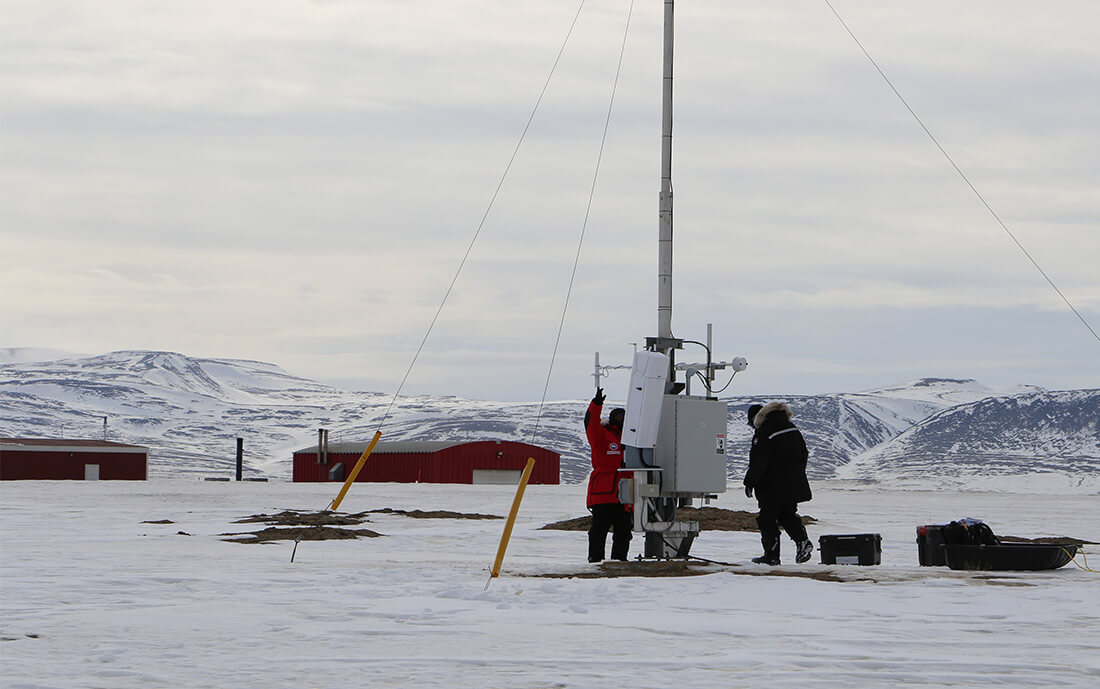
We share a special relationship. Along with weather services, the station provides us with all manner of collaborative support. When our technologists are in Eureka, the weather station helps us out with transportation, accommodation and logistical assistance.
The weather station is the reason Eureka is on the map. It was founded in 1947, as part of a requirement to set up a network of such stations across the Arctic. I had worked here too, maintaining our systems and equipment, nearly three decades ago. The passage of time has only sharpened my impressions and my respect for those who live and work here: it is a truly breathtaking part of our country, of which so few have an opportunity to visit.
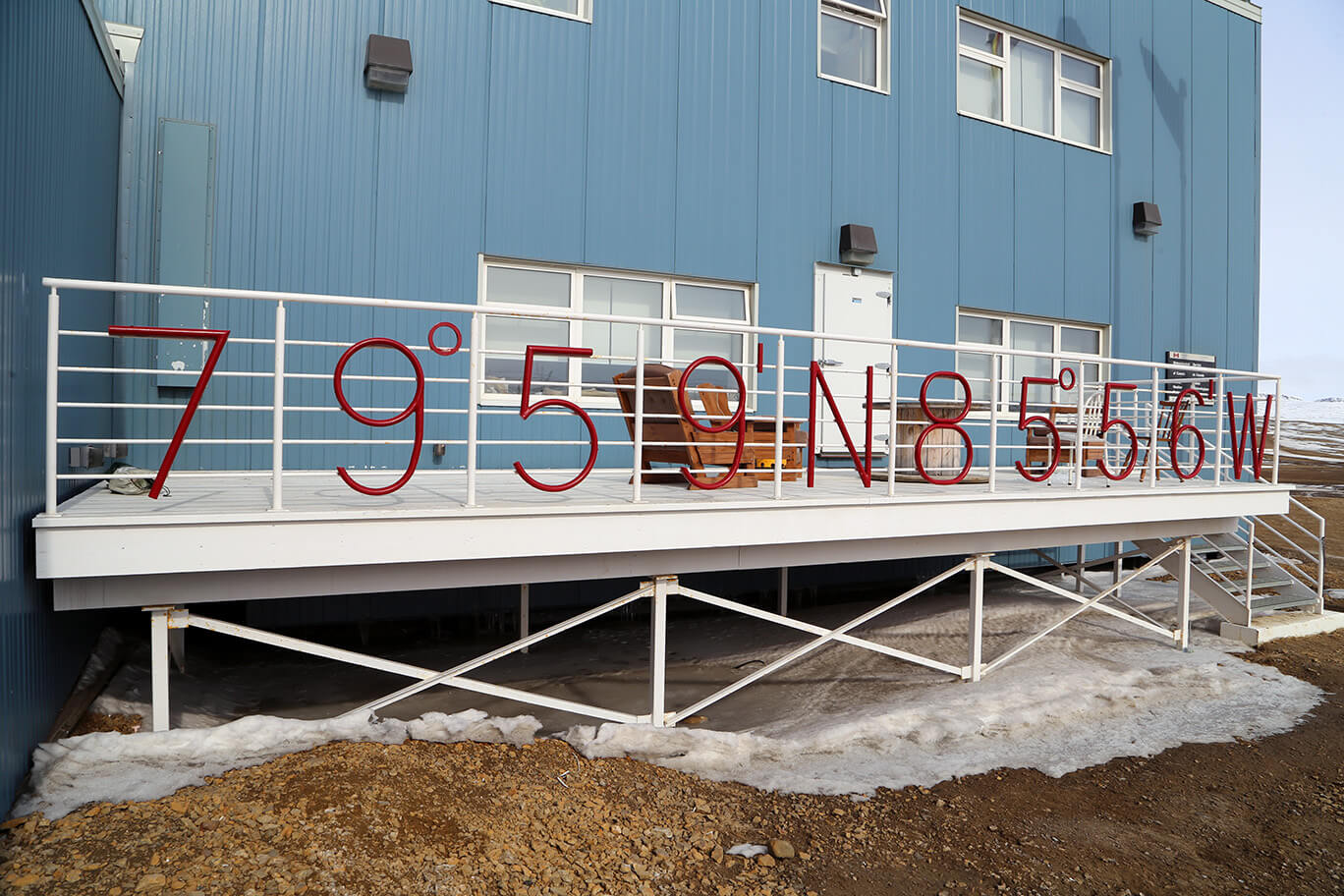
It was a fantastic experience to be there, connecting with the local population and witnessing firsthand the unworldly beauty of the high Arctic landscape, as well as a range of wildlife in their natural habitat – muskox, wolves, foxes and arctic hare.
The Eureka weather station is one of the many industry partners in the North with which NAV CANADA closely collaborates to ensure the best possible safety and service in a part of the world where air travel is often the only viable form of transportation.